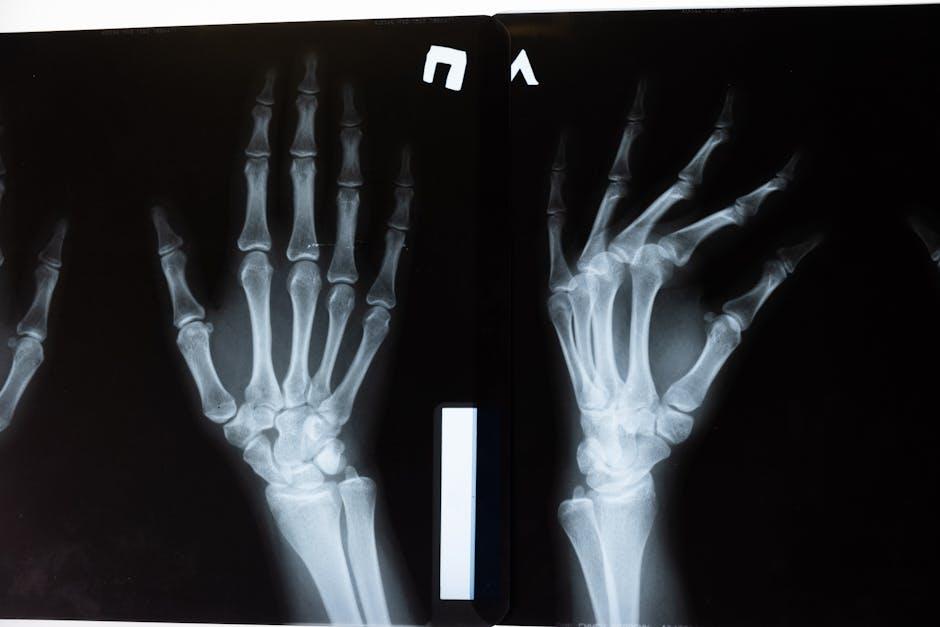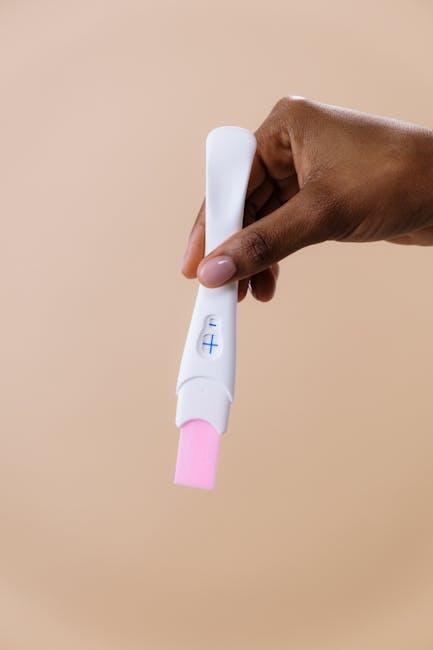
Clinically Based Diagnostic Wax-up for Optimal Esthetics: The Diagnostic Mock-up
In the realm of restorative and esthetic dentistry, precision, communication, and visualization are paramount. One of the most crucial tools that bridge the gap between clinical planning and patient expectations is the clinically based diagnostic wax-up, paired with the diagnostic mock-up. These techniques not only enhance esthetic outcomes but also streamline the restorative workflow. This article dives deep into the nuances of diagnostic wax-ups, their practical application, benefits, and how they serve as indispensable steps toward achieving optimal esthetics in dental treatment.
What is a Clinically Based Diagnostic Wax-up?
A clinically based diagnostic wax-up is a three-dimensional laboratory model of a patient’s dentition modified with wax that represents the planned restorative or esthetic treatment outcomes. It is meticulously crafted by dental technicians and clinicians based on clinical data, photographs, radiographs, and impressions of the patient’s teeth.
This wax-up serves as a blueprint, depicting the shape, proportion, and arrangement of proposed restorations before any irreversible clinical procedure begins.
Key Characteristics
- Reflects optimal tooth morphology and occlusion tailored to the patient
- Based on clinical and functional considerations, not just esthetics
- Supports multidisciplinary treatment planning (prosthodontics, orthodontics, periodontics)
- Facilitates patient communication and informed consent
The Diagnostic Mock-up: Translating Wax-up to the Patient’s Mouth
The diagnostic mock-up refers to a direct intraoral simulation of the diagnostic wax-up, usually executed using temporary materials like bis-acryl resins or composite resins. This step allows patients and clinicians to visualize and evaluate the prospective final result on the patient’s teeth before any irreversible dental intervention.
How is the Diagnostic Mock-up Created?
- A silicone index (putty matrix) is made from the diagnostic wax-up model.
- The index is filled with temporary restoration material and seated on the patient’s teeth.
- Material is cured/ set to replicate the new shape of teeth.
- Excess material is trimmed to refine esthetics and function.
Benefits of Diagnostic Wax-up and Mock-up in Esthetic Dentistry
- Enhanced Visualization: Provides a tangible preview of esthetic restorations for patients and clinicians.
- Improved Communication: Bridges the gap between dentist, technician, and patient expectations.
- Risk Reduction: Identifies functional and esthetic problems before irreversible procedures.
- Functional Validation: Assesses occlusion, phonetics, and periodontal requirements clinically.
- Customized Treatment Planning: Allows modification to meet individual anatomical and esthetic needs.
- Patient Confidence: Increases acceptance by involving patients in the decision-making process.
Practical Tips for Successful Diagnostic Wax-up and Mock-up
- Comprehensive Clinical Records: Start with accurate impressions, diagnostic casts, photographs, and radiographs.
- Collaborate with Skilled Technicians: Select lab technicians experienced in esthetic wax-ups.
- Consider Functional Dynamics: Assess occlusal relations and jaw movements before finalizing wax-up design.
- Use High-Quality Materials for Mock-ups: Ensure durability and esthetic resemblance for realistic patient experience.
- Patient Involvement: Explain procedure benefits and limitations to gain informed consent.
- Document Changes: Take photographs and notes at each step to facilitate communication.
Case Studies: The Power of Diagnostic Wax-up and Mock-up
Several clinical reports highlight the impact of this technique in complicated esthetic restorations:
| Case | Condition | Outcome after Wax-up & Mock-up |
|---|---|---|
| Case 1 | Severe anterior wear and asymmetry | Restored natural smile harmony with proper occlusion |
| Case 2 | Diastema closure and tooth lengthening | Patient satisfaction with improved tooth proportions |
| Case 3 | Complex implant-supported prosthesis planning | Optimized implant positions and prosthetic esthetics |
Firsthand Experience: What Dentists Say
Many restorative clinicians emphasize the diagnostic wax-up and mock-up as essential planning tools:
“The diagnostic mock-up transforms treatment conversations. Patients can literally try on their new smile. It shifts clinical planning from guesswork to precision.” – Dr. Maria Gonzales, Prosthodontist.
“Using wax-ups enables us to foresee esthetic and functional challenges, reducing remake rates and improving patient outcomes.” – Dr. James Lee, Cosmetic Dentist.
Conclusion
The clinically based diagnostic wax-up combined with the diagnostic mock-up represents a cornerstone in achieving optimal dental esthetics. This process not only empowers clinicians with a reliable treatment roadmap but also actively involves patients through visualization, enhancing satisfaction and outcome predictability. Implementing these protocols ensures that restorative dental treatments are balanced, functional, and aesthetically flawless—ultimately elevating the standard of care and patient confidence.
For any dentist committed to excellence in esthetic dentistry, mastering a clinically based diagnostic wax-up and diagnostic mock-up workflow is indispensable.


